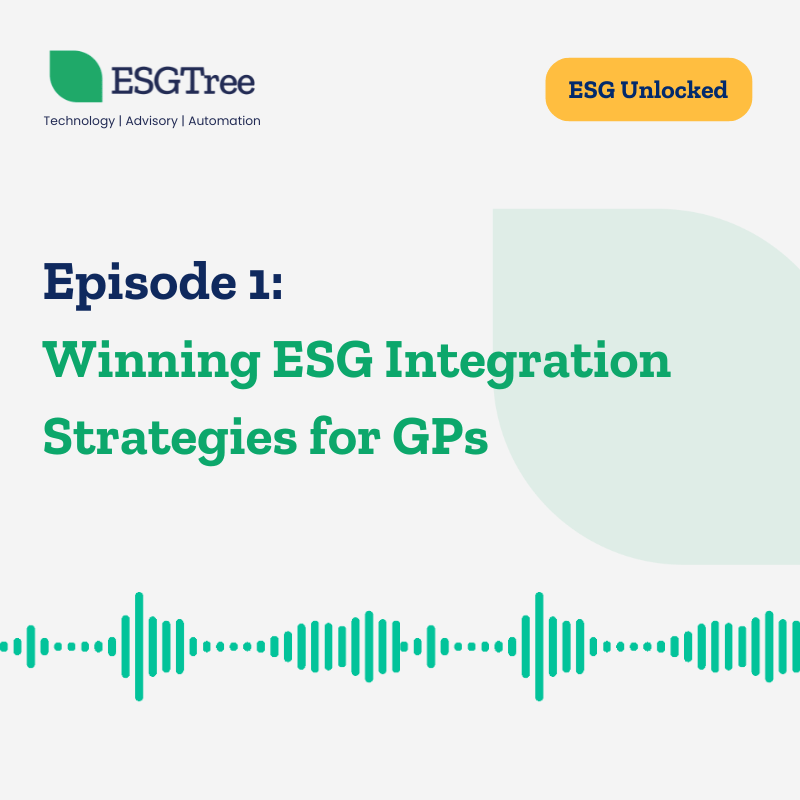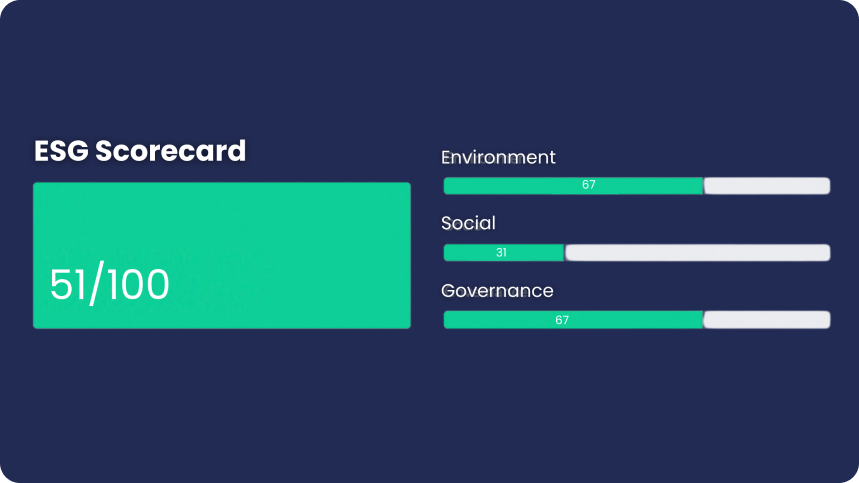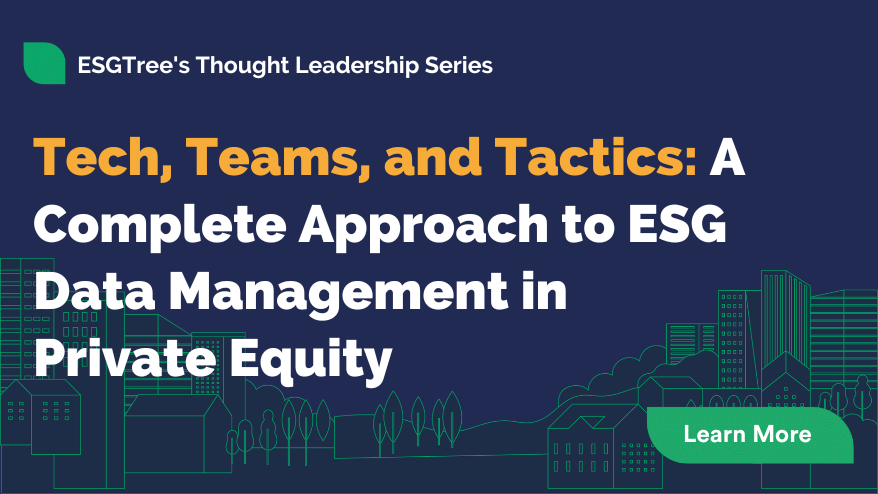What Does the Rise of ESG Mean For mpact Investing?
Share:

By market size alone, impact investing might be far smaller than ESG investing, but its unique profile makes it a critical part of sustainable finance. ESG assets are on course to hit USD$50 trillion over the next three years, while impact investments are gauged to hover around USD$1 trillion. This begs the question: as ESG continues its meteoric rise, what will happen to impact investing?
The question is a relevant one. There is much ESG can learn from impact investing. While the former concerns itself with risk, the latter aims to create a positive net change. If impact investing were to disappear altogether, the pursuit of ESG may be left to the mercy of pure capitalism. In other words, it is easier to convince mainstream investors to “do no harm” than to actively seek to do good, and it will only become easier as the ESG industry grows. This will limit the growth of impact investing.
Besides this fundamental difference in the aim of the two types of investing, other telling distinctions are:
- Impact investing usually involves private equity-style transactions, whereas the bulk of ESG activity involves publicly traded company stocks or mutual funds. Impact investments are almost always made into companies (or funds) through mergers and acquisitions transactions directly, without the use of retail or commercial banking platforms that are available to the public.
- Impact investing is most often associated with investments made from the Global North going to the Global South. This does not mean that impact investing cannot be carried out domestically within developed economies. Rather, the surge of contemporary impact investing, which began around 2009, is by and large directed towards developing economies and sustainable development.
- ESG investing is driven by traditional finance entities such as institutional investors, pension funds, banks, insurance companies, asset managers and private investment funds. Impact investing is led by sustainable development-driven organizations such as development finance institutions (DFIs), multilateral and bilateral aid agencies, social impact investors, foundations and nonprofits.
The major actors involved in these two types of investment are critical in assessing whether impact investing will, in fact, be swallowed by ESG investing. The total amount of wealth on the ESG side is far higher than the wealth managed by impact investors, and it is also managed through means more accessible to the general public. As such, it will only continue to become more and more mainstream.
The Future Of Impact Investing
None of this is to say that impact investing is defunct. Rather, it will remain a niche market with its own agenda and audience. This audience remains small because it comprises investors who have a clear and firm intention that their money should not only “do no harm” but do “measurable good.”
In this light, impact investing is likely to be eaten up by ESG investing in mainstream markets, while maintaining its small though loyal following on the fringe. This is particularly so as the world moves closer towards the sustainable development goals (SDGs) set for 2030. Beyond that, only time will tell how impact investing might find a place within the larger ESG world and a refreshed United Nations framework for sustainable development.
ESGTree is uniquely placed in that we work with both ESG & impact investors – and gain valuable insights from both. Private equity (PE) & venture capital (VC) firms, corporations & financial institutions are strongly advised to harness the power of the cloud and automate their ESG reporting process to satisfy investors and reap the full benefits of strong ESG policies.



